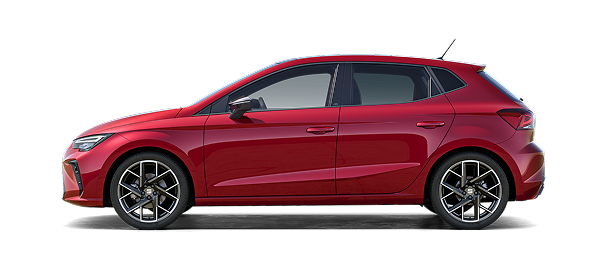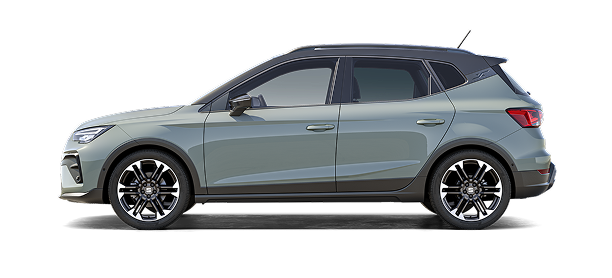Testing procedure changes
Like NEDC (New European Driving Cycle), WLTP is a laboratory based testing procedure. The WLTP testing procedure has a modified driving cycle and stricter test specifications. These include a longer time span for the measurement along with a higher maximum speed. A summary of the changes can be found below:
| Conditions | NEDC | WLTP |
Test duration | 20 min. | 30 min. |
Test distance | 11 km | 23.5 km |
Time spent stationary | 25% | 13% |
Test phases | Urban/Extra-urban, (combined) | Low, Medium, High, Extra high, (Combined); (plus “City” for electric vehicles and vehicles with plug-in hybrid drivetrain) |
Speed | Average: 34 km/h | Average: 46.6 km/h |
Temperature | 20-30° C | 14° C (tested at 23° C corrected for 14° C) |
Special equipment options | Not taken into consideration | All equipment options are considered in terms of their influence on aerodynamics, weight and rolling resistance. |
Four speed ranges are measured on the roller dynamometer after a cold start: up to 60, up to 80, up to 100 and above 130 km/h. The vehicle brakes and accelerates repeatedly within these phases. The maximum speed is, thus, 10 km an hour higher than the NEDC.
In addition, the average speed of approximately 47 km/h is also significantly higher (previously approx. 33 km/h). A temperature of 23°C is specified for the testing chamber. Previously, the NEDC required 20-30° C. The entire WLTP driving cycle lasts approximately 30 minutes. In contrast, the NEDC only requires 20 minutes.
The distance has been more than doubled to 23.5 kilometres instead of 11 kilometres. Unlike the NEDC, WLTP takes into account specific optional extras and how they influence the weight, aerodynamics and energy consumption (standby current). Optional extras that consume energy such as the air-conditioning or seat heating remain switched off during the testing process.














